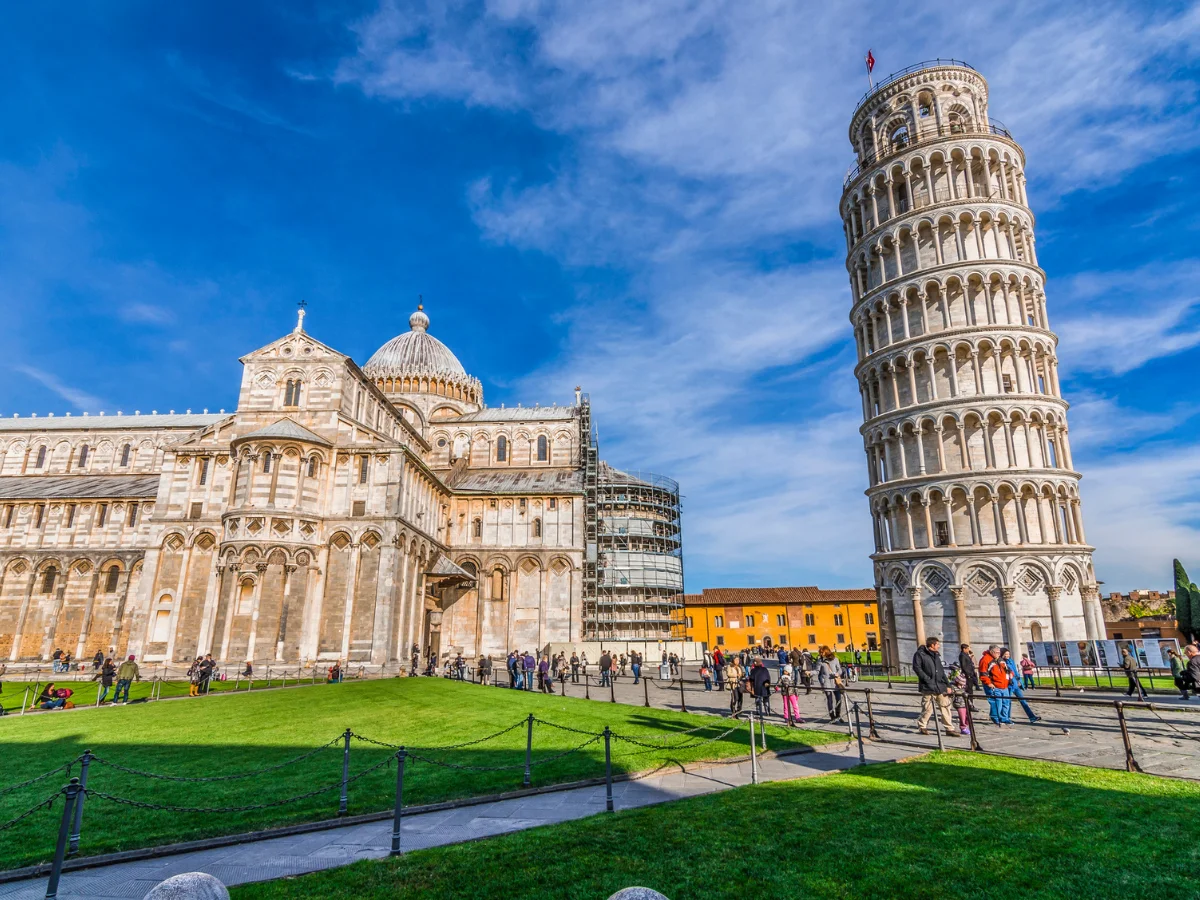Marcus Vitruvius Pollio
Marcus Vitruvius Pollio, a renowned figure in Ancient Rome, was celebrated for his contributions to architecture, engineering, and astronomy. In his seminal work “De Architectura,” Vitruvius emphasized the integration of astronomical principles in architectural design, highlighting the importance of celestial alignments for harmony and functionality. His emphasis on mathematical precision and aesthetic harmony continues to influence architectural practice today. Vitruvius’ work remains a cornerstone of architectural education, reflecting the interdisciplinary nature of Roman scholarship.

Ancient Rome: Marcus Vitruvius Pollio
Introduction to Vitruvius
Marcus Vitruvius Pollio, commonly known as Vitruvius, was a Roman architect, engineer, and author who lived during the 1st century BC.
Architectural Contributions
Vitruvius is best known for his seminal work “De Architectura” (On Architecture), which encompasses a wide range of topics related to architecture, including principles of design, construction techniques, and architectural aesthetics.
Integration of Astronomy
Within “De Architectura,” Vitruvius emphasizes the importance of astronomical principles in architectural design. He discusses the alignment of buildings with celestial bodies, such as the sun and stars, to ensure harmony and functionality.
Celestial Alignments
Vitruvius advises architects to consider the path of the sun and the orientation of buildings to maximize natural light and ventilation, demonstrating his understanding of astronomical phenomena.
Mathematical Precision
In addition to astronomy, Vitruvius emphasizes the importance of mathematics in architecture, advocating for precise measurements and proportions to achieve structural stability and aesthetic harmony.
Influence and Legacy
Vitruvius’ work had a profound influence on subsequent generations of architects and engineers, shaping architectural theory and practice throughout the Roman Empire and beyond.
Continued Relevance
Even today, Vitruvius’ principles of architecture, including his insights on astronomy and mathematics, continue to inform architectural education and practice.
Cultural Context
In ancient Rome, architecture was closely intertwined with religious, social, and political life. Buildings were not only functional but also symbolic, reflecting Roman values and beliefs.
Conclusion
Marcus Vitruvius Pollio’s integration of astronomy into architectural theory exemplifies the interdisciplinary nature of Roman scholarship. His work remains a cornerstone of architectural education and practice, showcasing the enduring relevance of ancient Roman wisdom in the modern world.



